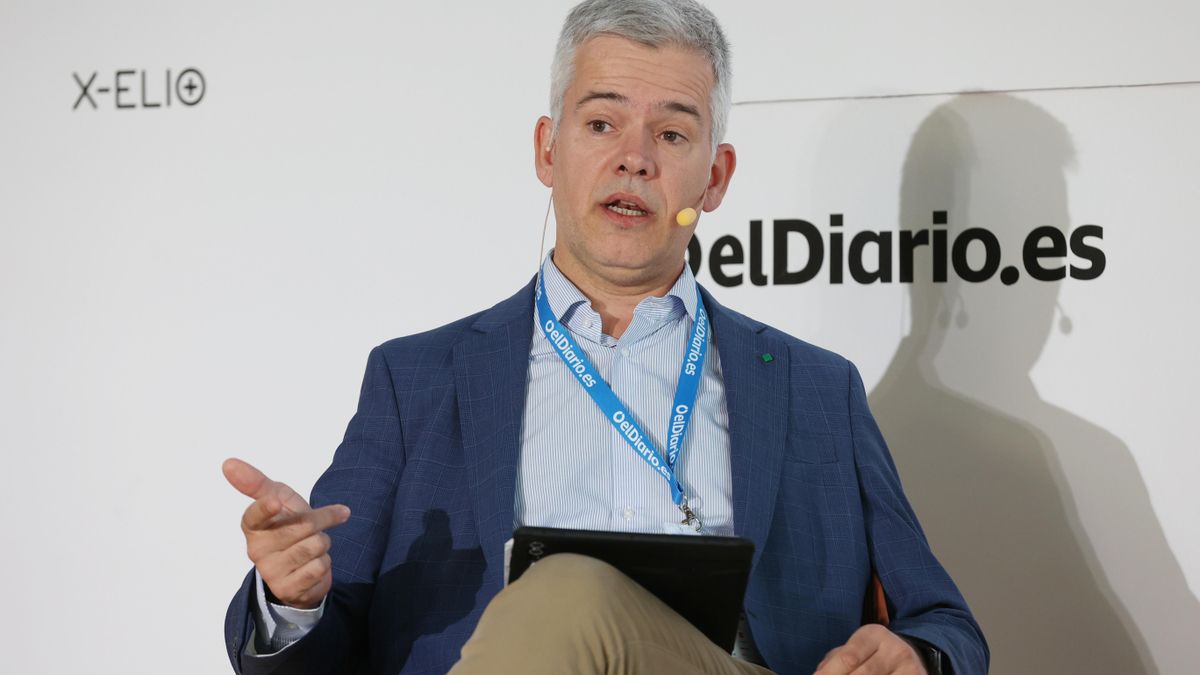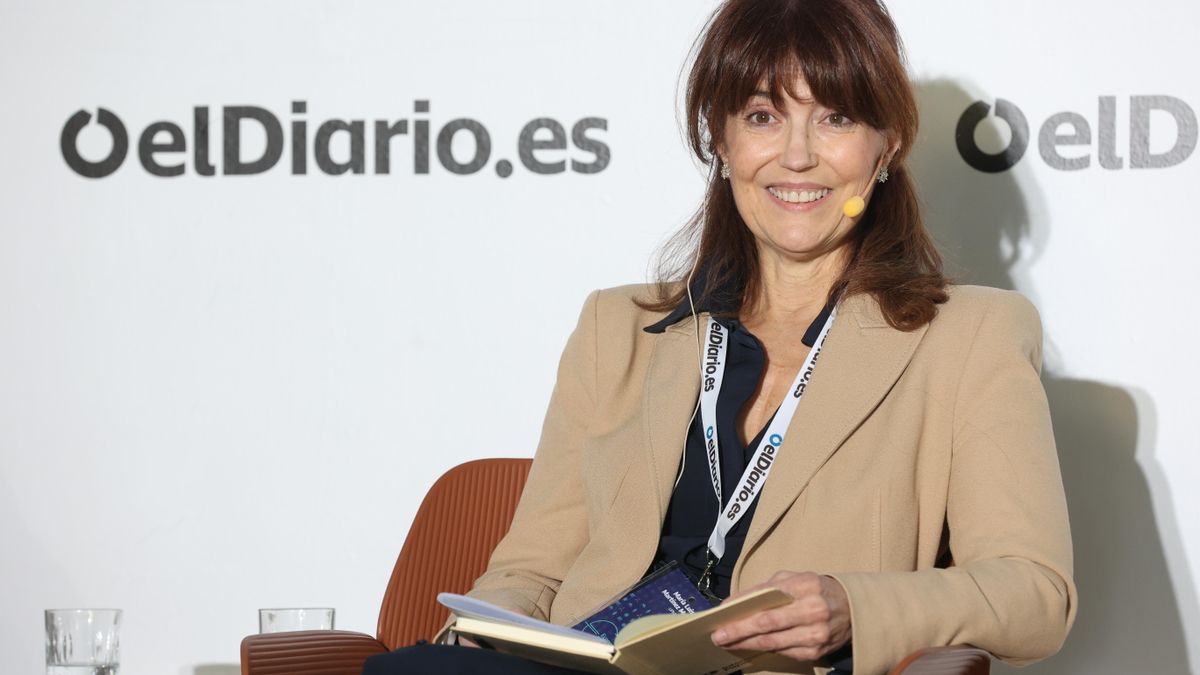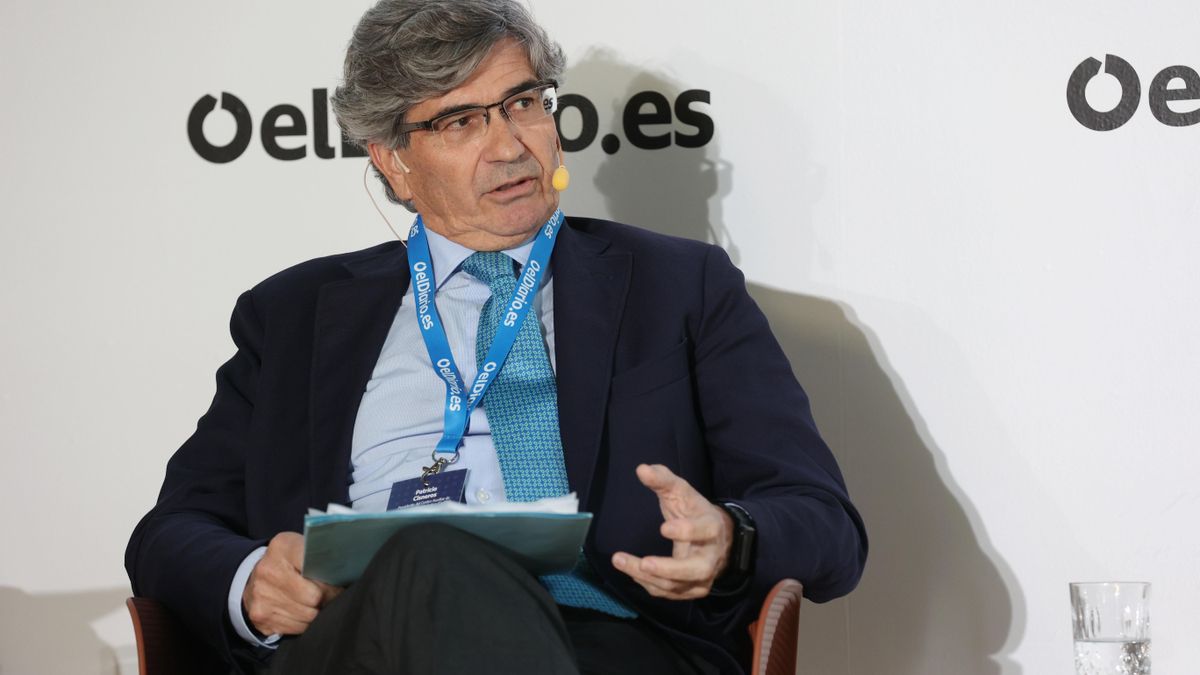The last table of the IV Conference on Circular Economy and Renewable Energies of elDiario.es has been carried out under the title 'Less waste, more future: towards intelligent packaging design'. In it, recycling has been the protagonist due to the need to reduce the amount of waste in the midst of the environmental crisis.
The conversation started with the new EU packaging regulation PPVR, which, for the first time, sets binding reduction, reuse and recycling targets. Professor in Industrial Engineering María Luisa Martínez Muneta, expert in production, circular design and Design Thinking He warned that the path will be “very hard for many sectors and for many containers” and stressed the importance of total collaboration, from citizens to waste managers “to achieve important changes in mentality.”
The consensus on the imminence of the deadlines set the tone of the debate. Josep Teruel, director of Ence's molded pulp business, forcefully stated that “2030 is tomorrow and the problem we have is for today and we have to put all our efforts into action today,” in reference to the very ambitious objectives set by the 2030 Agenda. Teruel also stressed that regulatory pressure is “an opportunity” to accelerate change. To do this, it is essential to change the mentality, the way we buy and the use we give to packaging.
From the pharmaceutical sector, Patricio Cisneros, president of the Pharmaceutical Returns Central, CEDIFA, commented that his industry has evolved a lot in terms of recycling. “More than 24 years ago we created a non-profit entity called Sigre between the pharmaceutical industry, pharmaceutical distribution and pharmacies, with the main objective of environmental management of medication packaging and waste,” he explained, which also has a Business Prevention and Ecodesign Plan (PEP), which meets almost half of the Agenda's Sustainable Development Goals. 2030. Reducing the weight of the sector's packaging by 25% by 2030 is an ambitious goal, but Cisneros has stressed safety as an “absolute priority, above functionality or cost” in the field of health.
Could the products we use be different?
One of the main challenges identified in this last roundtable discussion has been the urgency of finding substitutes for plastic. In this regard, Teruel highlighted that the battle is being fought in the packaginggiven that “59% of plastic pollution in the world is in the packaging.” However, he pointed out that “we already have perfectly viable alternatives to plastic in all functionalities.”

In this context of material innovation, the Ence company has opted for molded cellulose as an alternative. “The recyclability tests of our trays are at 98%. We have the highest qualification,” stressed Jusep Teruel. “In addition, if the packaging no longer has any use, it is absolutely biodegradable, making it absolutely neutral and completely closing the circle.”
However, technological change must be accompanied by behavioral changes and user-centered design. At the level of habits and product, María Luisa Martínez Moneta suggested rethinking the designs: “If we consider that many of the products we have are mainly liquid, then maybe it is easier to buy powders or solids,” as happens with soap or shampoo.

For the expert, it is not just a question of materials. “A good material is not circular. For it to be circular what it needs is a system that collects, manages and is capable of returning it back to the environment or making new bases.” For this, Martínez Moneta appeals to geographical proximity, public-private collaboration, and the application of methodologies such as 'design thinking' to ensure that the design is useful and has a lower risk of error.
Regarding waste management, Cisneros pointed out that “the pharmaceutical sector is valorizing, that is, giving things a second chance in more than 70% of what reaches the recycling plant.” But in addition to recycling, actions such as humanitarian aid are carried out, which involves, for example, sending “more than 50 tons of products still in use” to countries in need such as Ukraine.

With a view to 2030
Looking ahead to the next few years, Cisneros talked about greener pharmaceuticals and packaging. “They are considering creating a traffic light for contaminating drugs,” he noted. He also mentioned that the pharmaceutical sector will face the great challenge of the new European directive on wastewater: “It is about having a fair scientific criterion to discern the origin of micropollutants.”
For her part, María Luisa Martínez Muneta predicted a future with less packaging under the maxim: “The best packaging is the one that does not exist.” The professor also opted for a change in customs towards returnable and refillable items, where the containers will be more durable.
Jusp Teruel closed the debate on a note of extreme optimism by arguing that “just as it is dystopian today to see people smoking in restaurants in old movies, non-circular packaging will soon be unthinkable.” “The future is the day after tomorrow and the packaging will be reusable and compostable or it will not be,” concluded Ence's molded cellulose business director.